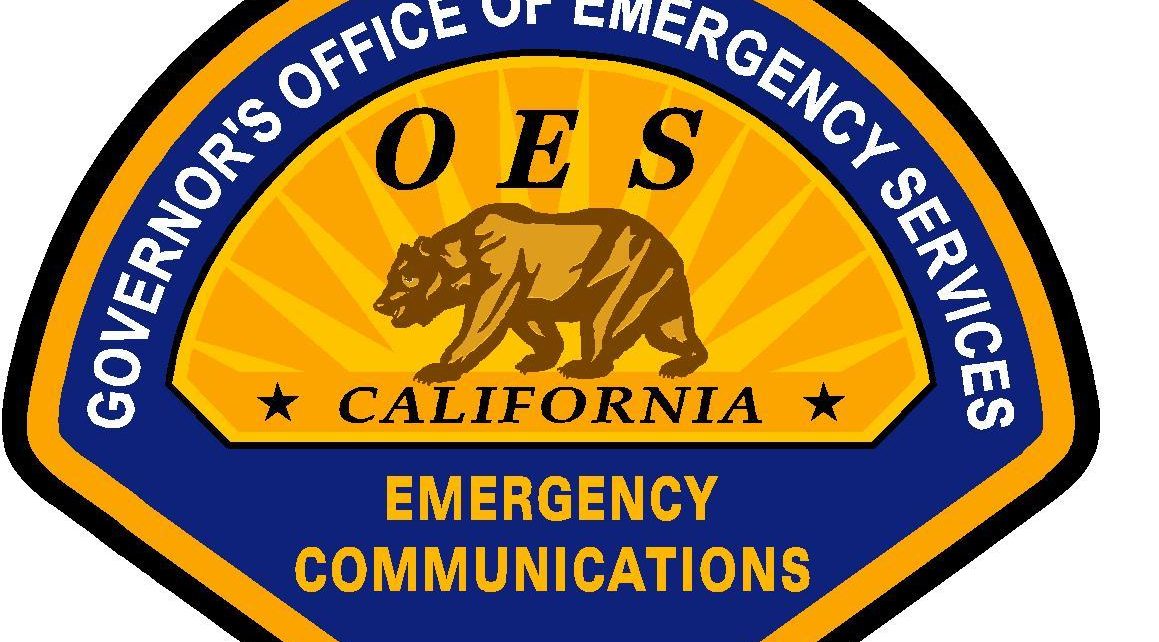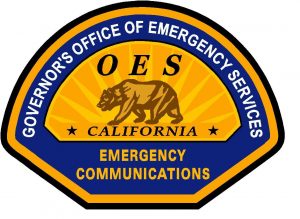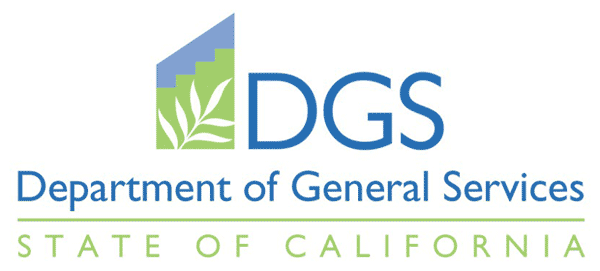
Governor’s Office of Emergency Services
OES is considered a law enforcement organization
By Chris Micheli, August 6, 2020 6:26 am

The Governor’s Office of Emergency Services (OES) is found in the California Government Code, Title 2, Division 1, Chapter 7, Article 5, Sections 8585 to 8589.7. OES is established in state government, within the Governor’s Office, pursuant to Gov’t Code Section 8585. OES is under the supervision of a Director. Under this code section, all references to an office of homeland security is to refer to OES instead. In addition, OES succeeded to the California Emergency Management Agency.
In addition, pursuant to state law, OES is considered a law enforcement organization and can receive criminal intelligence information. OES is responsible for the state’s emergency and disaster response services for natural, technological, or manmade disasters and emergencies, including responsibility for activities necessary to prevent, respond to, recover from, and mitigate the effects of emergencies and disasters to people and property.
According to OES, California faces numerous risks and threats to its people, property, economy, environment and is prone to earthquakes, floods, significant wildfires, prolonged drought impacts, public health emergencies, cybersecurity attacks, agricultural and animal disasters, as well as threats to homeland security.
It is the role of OES to “take a proactive approach to addressing these risks, threats and vulnerabilities that form the basis of our mission and has been tested through real events, as well as comprehensive exercises that help us maintain our state of readiness and plan for and mitigate impacts.”
While OES took on its current title in 1970, it has taken on a myriad of different responsibilities. In 2004, it merged with the Governor’s Office of Criminal Justice Planning, which provides grant funds to local communities. In 2009, OES took over the role of the Office of Homeland Security and, in 2013, it took over the California Emergency Management Agency and Office of Public Safety Communications.
OES has established the following goals:
Goal 1. Anticipate and enhance prevention and detection capabilities to protect our State from all hazards and threats.
Goal 2. Strengthen California’s ability to plan, prepare for, and provide resources to mitigate the impacts of disasters, emergencies, crimes, and terrorist events.
Goal 3. Effectively respond to and recover from both human-caused and natural disasters.
Goal 4. Enhance the administration and delivery of all state and federal funding, and maintain fiscal and program integrity.
Goal 5. Develop a united and innovative workforce that is trained, experienced, knowledgeable, and ready to adapt and respond.
Goal 6. Strengthen capabilities in public safety communication services and technology enhancements.
The OES Director is charged with coordinating “all state disaster response, emergency planning, emergency preparedness, disaster recovery, disaster mitigation, and homeland security activities” pursuant to Section 8585.1. OES is required to establish various classes of disaster service workers and the scope of duties for these classes of workers.
State law requires OES to certify the accredited status of local disaster councils. It can enter into an agreement directly with one or more certified community conservation corps to perform emergency or disaster response services.
Section 8586.5 requires OES to establish and lead the California Cybersecurity Integration Center, whose primary mission is to reduce the likelihood and severity of cyber incidents that could damage California’s economy, its critical infrastructure, or public and private sector computer networks in our state. The Center must develop a statewide cybersecurity strategy.
Section 8586.7 requires OES and the Department of Forestry and Fire Protection to establish and lead the Wildfire Forecast and Threat Intelligence Integration Center, which must share intelligence and data relevant to wildfire threat, forecasting, detection, and prevention activities received from utility wildfire and emergency operations centers, partner academic institutions, private companies, and other sources in coordination.
Section 8587.7, OES, in cooperation with the State Department of Education, the Department of General Services, and the Seismic Safety Commission, is required to develop an educational pamphlet for use by grades kindergarten to 14 personnel to identify and mitigate the risks posed by nonstructural earthquake hazards. Moreover, pursuant to Section 8587.8, OES, in collaboration with the California Institute of Technology (Caltech), the California Geological Survey, the University of California, the United States Geological Survey, the Alfred E. Alquist Seismic Safety Commission, and other stakeholders, must develop a comprehensive statewide earthquake early warning system in California through a public-private partnership.
In addition, OES is required to procure mobile communication translators to enable mutual-aid emergency response agencies to communicate effectively while operating on incompatible frequencies. Its director administers the California State Nonprofit Security Grant Program to improve the physical security of nonprofit organizations, including schools, clinics, community centers, churches, synagogues, mosques, temples, and similar locations that are at a high risk for violent attacks or hate crimes due to ideology, beliefs, or mission.
OES must contract with the California Fire Fighter Joint Apprenticeship Program to develop a fire service specific course of instruction on the responsibilities of first responders to terrorism incidents. And, the OES Director must appoint representatives of the disabled community to serve on the evacuation, sheltering, communication, recovery, and other pertinent Standardized Emergency Management System committees, including one representative to the Technical Working Group.
Section 8589 allows OES to use all state and local fair properties as conditions require. Section 8589.1 requires OES to establish the State Computer Emergency Data Exchange Program (SCEDEP), which is responsible for collection and dissemination of essential data for emergency management.
Section 8589.2 requires OES, in consultation with the California Highway Patrol and other state and local agencies, to establish a statewide plan for the delivery of hazardous material mutual aid. Section 8589.6 requires OES to develop model guidelines for local government agencies and community-based organizations planning to develop a disaster registry program.
OES is the central point in state government for the emergency reporting of spills, unauthorized releases, or other accidental releases of hazardous materials and OES must coordinate the notification of the appropriate state and local administering agencies that may be required to respond to those spills, unauthorized releases, or other accidental releases.
- Trial by the Court in California - December 7, 2025
- Enforcement of Labor Commissioner Judgments - December 6, 2025
- Effect of Emancipation - December 6, 2025




